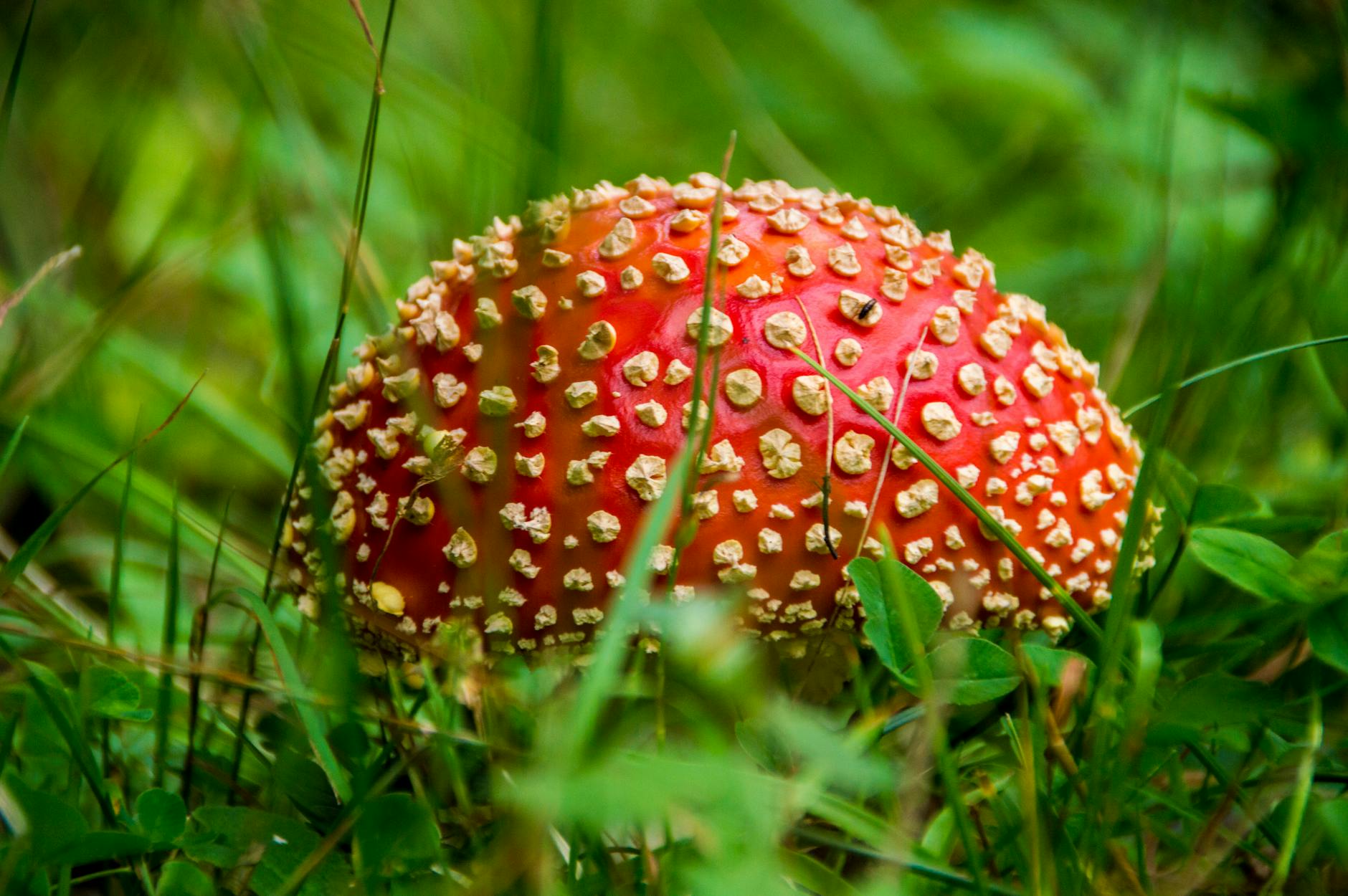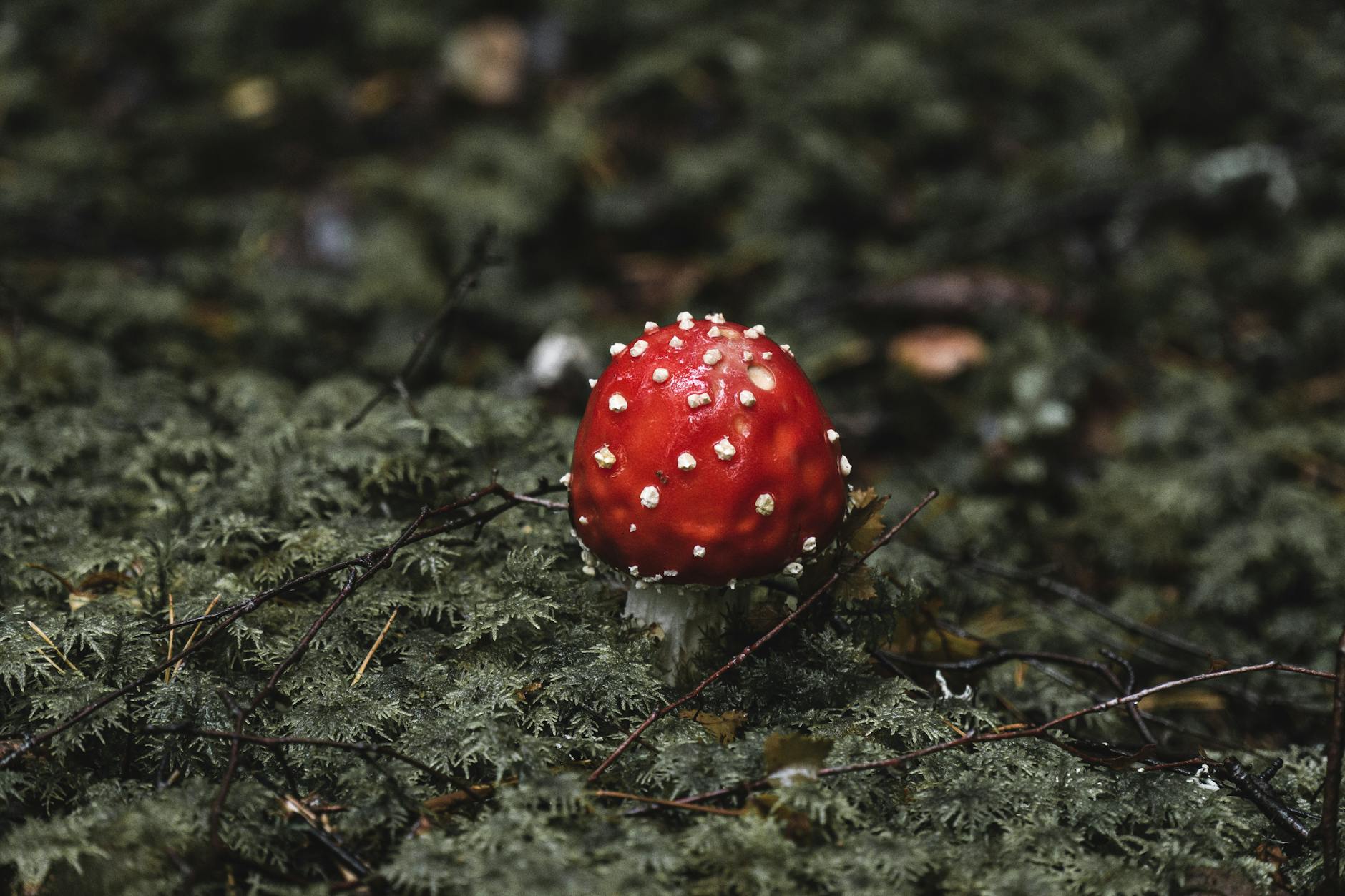Protecting Against Toxic Mushrooms: Vital Tips to Prevent Poisoning
Mushrooms are a diverse and fascinating part of the natural world, with thousands of species adding beauty and flavor to our environment. However, not all mushrooms are safe for human consumption, as some can be highly toxic and even deadly if ingested. To safeguard against mushroom poisoning, it is crucial to have a good understanding of the types of toxic mushrooms that exist, how to identify them, and the essential precautions to avoid accidental poisoning. This article will provide you with essential tips on how to protect yourself and your loved ones from the dangers of toxic mushrooms.
Recognizing Toxic Mushrooms: Understanding the Risks
The first step in protecting yourself from toxic mushrooms is being able to recognize them. Toxic mushrooms come in various shapes, sizes, and colors, making them difficult to identify for the inexperienced eye. Some common toxic mushrooms include the Death Cap, the Destroying Angel, and the Deadly Webcap. These mushrooms contain toxins that can cause severe illness or even death if consumed. To avoid mistakenly picking toxic mushrooms, it is recommended to educate yourself thoroughly on the types of toxic species that grow in your region and to always err on the side of caution when foraging for wild mushrooms.
Tips for Mushroom Foragers: Stay Safe in the Wild
If you are an avid mushroom forager, it is essential to follow certain guidelines to ensure your safety and prevent accidental poisoning. Here are some vital tips for mushroom foragers:
1. Educate Yourself: Attend workshops, read books, and consult with experienced foragers to enhance your knowledge of mushrooms and their identification.
2. Use Reliable Resources: Carry guidebooks, mushroom ID apps, and consult with experts before consuming any wild mushrooms.
3. Start Slow: Begin by foraging for mushrooms with low toxicity levels and gradually progress to more advanced species as you gain experience.
4. Always Verify: Double-check the identification of any mushroom before consuming it. When in doubt, throw it out!
5. Avoid Risky Species: Stay away from mushrooms with little known edibility or those that resemble toxic species.
Precautions for Families and Pet Owners: Ensuring Safety at Home
Even if you are not a mushroom forager, it is still essential to take precautions to prevent accidental mushroom poisoning, especially if you have children or pets at home. Here are some precautions to safeguard your family and pets:
1. Teach Your Kids: Educate children about the dangers of consuming wild mushrooms and instruct them never to pick or eat mushrooms without adult supervision.
2. Secure Your Garden: Keep an eye on your garden and remove any wild mushrooms that sprout to prevent accidental ingestion by curious pets or children.
3. Pet Safety: Train your pets to avoid eating mushrooms while on walks and be cautious of any mushrooms growing in your yard.
In conclusion, being aware of the dangers of toxic mushrooms and taking proactive steps to safeguard against poisoning is crucial for anyone who encounters mushrooms in their environment. By educating yourself, practicing caution, and following safety guidelines, you can enjoy the beauty of mushrooms while keeping yourself and your loved ones safe from harm. Remember, when it comes to mushrooms, it’s better to be safe than sorry. Stay informed, stay cautious, and enjoy the wonders of the mushroom world responsibly.


